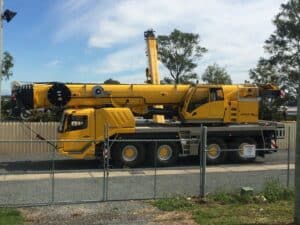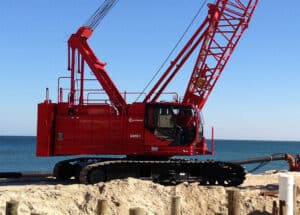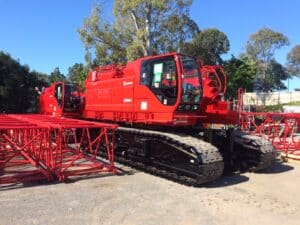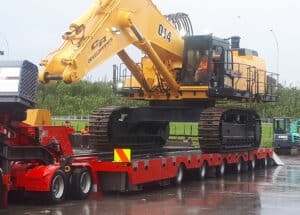What Is The Best Future For Crane Power

Introduction
As the world continues to become more reliant upon renewable energy sources, the need for efficient and reliable sources of power is increasing. Cranes are an important part of the power generation industry, providing a reliable and cost-effective form of energy to many industries
What are HVO-powered cranes?
Hydrotreated vegetable oil (HVO) is a renewable diesel fuel made from vegetable oils and animal fats. It is a biofuel that is produced by processing vegetable oil, animal fat, or waste grease. This renewable fuel can be used in diesel engines, and is now being used to power mobile cranes.
HVO powered cranes are becoming increasingly popular with the construction industry due to their environmental benefits. HVO powered cranes are powered by a special type of biodiesel fuel called Hydrotreated Vegetable Oil (HVO).
HVO is a renewable fuel that is made from vegetable oils and animal fats. Unlike traditional diesel fuel, HVO is a clean burning fuel that produces fewer emissions and is considered to be more environmentally friendly.
What are battery-powered cranes?
Battery-powered cranes are an efficient and cost-effective alternative to traditional diesel or electric powered cranes. They provide an excellent solution for lifting and moving heavy loads in any environment, from industrial sites to construction sites.
Battery-powered cranes are powered by a rechargeable battery system and come in a variety of sizes and capacities. They are often used in places where there is no access to electricity or a generator, such as remote locations or areas with limited power. They are also ideal for indoor and outdoor construction sites, as they are relatively quiet and do not produce any exhaust fumes.
Which is better for the future of cranes?
This question is difficult to answer because there is no clear and obvious answer with the current technologies available. Ideally, electric/battery powered cranes are the best for the future as in theory they do not produce emissions compared with HVO-powered cranes. The issue with this, is that current technology withholds us from achieving this.
Batteries are still not environmentally friendly as disposing of expired batteries can harm the environment. On top of that, charging the batteries requires electricity and although we are advancing to cleaner and greener sources of electricity, coal and nuclear are still very big sources for electricity.
Conclusion
Currently, HVO is potentially more effective for cranes despite it still producing emissions, these emissions not as harmful as diesel. In the future when the technology has advanced enough to make batteries and electricity production more environmentally friendly then this will be the best future for crane power





